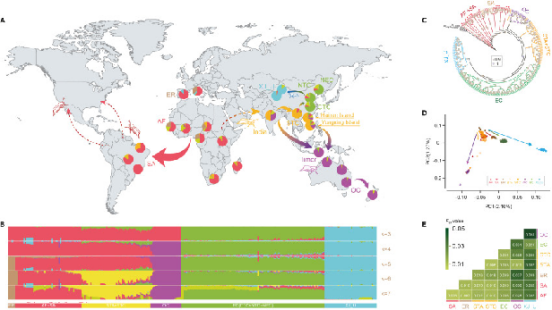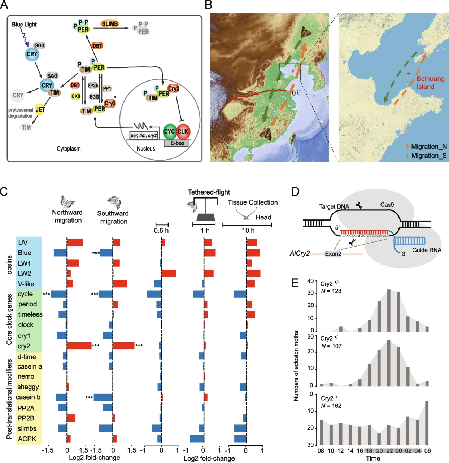1. The adaptive evolution mechanism of cotton bollworm
The cotton bollworm, Helicoverpa armigera , is set to become the most economically devastating crop pest in the world, threatening food security and biosafety as its range expands across the globe. Yutao Xiao’s Lab show that adaptive changes in a temperature- and light-sensitive developmental pathway enable facultative diapause and that adaptation of trehalose synthesis and transport underlies cold tolerance in extreme environments. Incorporating extensive pesticide resistance monitoring, we also characterize a suite of novel pesticide and Bt resistance alleles under selection in East China. These findings offer avenues for more effective management strategies and provide insight into how insects adapt to variable climatic conditions and newly colonized environments.

1. The adaptive evolution mechanism of the black cutworm
The black cutworm, Agrotis ipsilon , is a serious global underground pest,yutao xiao ‘s Lab research elucidated the mechanism of flight migration : the expansion of a variety of detoxification metabolic enzymes to enhance its host adaptability, and further revealed the important role of rhythm pathways, hormone synthesis pathways and energy metabolism pathways in long-distance seasonal migration of pests. The ABC transporters play an important role in the metabolism of plant secondary substances . The black cutworm can resist a variety of plant secondary substances through different metabolic enzymes, and then have the ability of phenotypic traits . This study improved the understanding of the migration mechanism of pests and provided theoretical support for further improving the disaster prevention ability.


